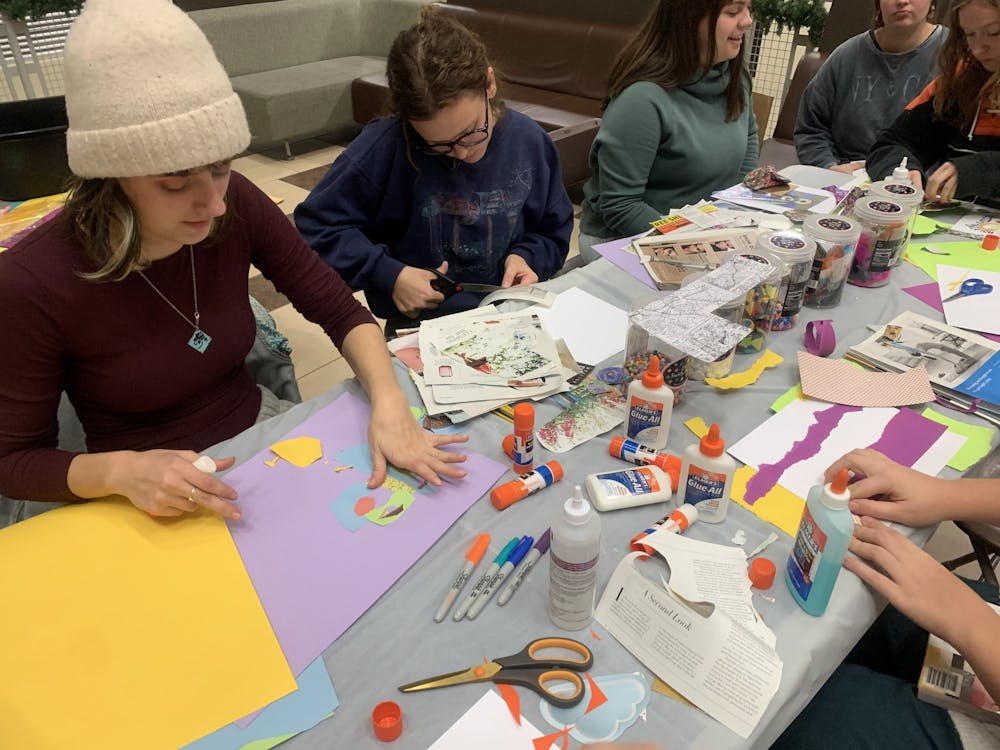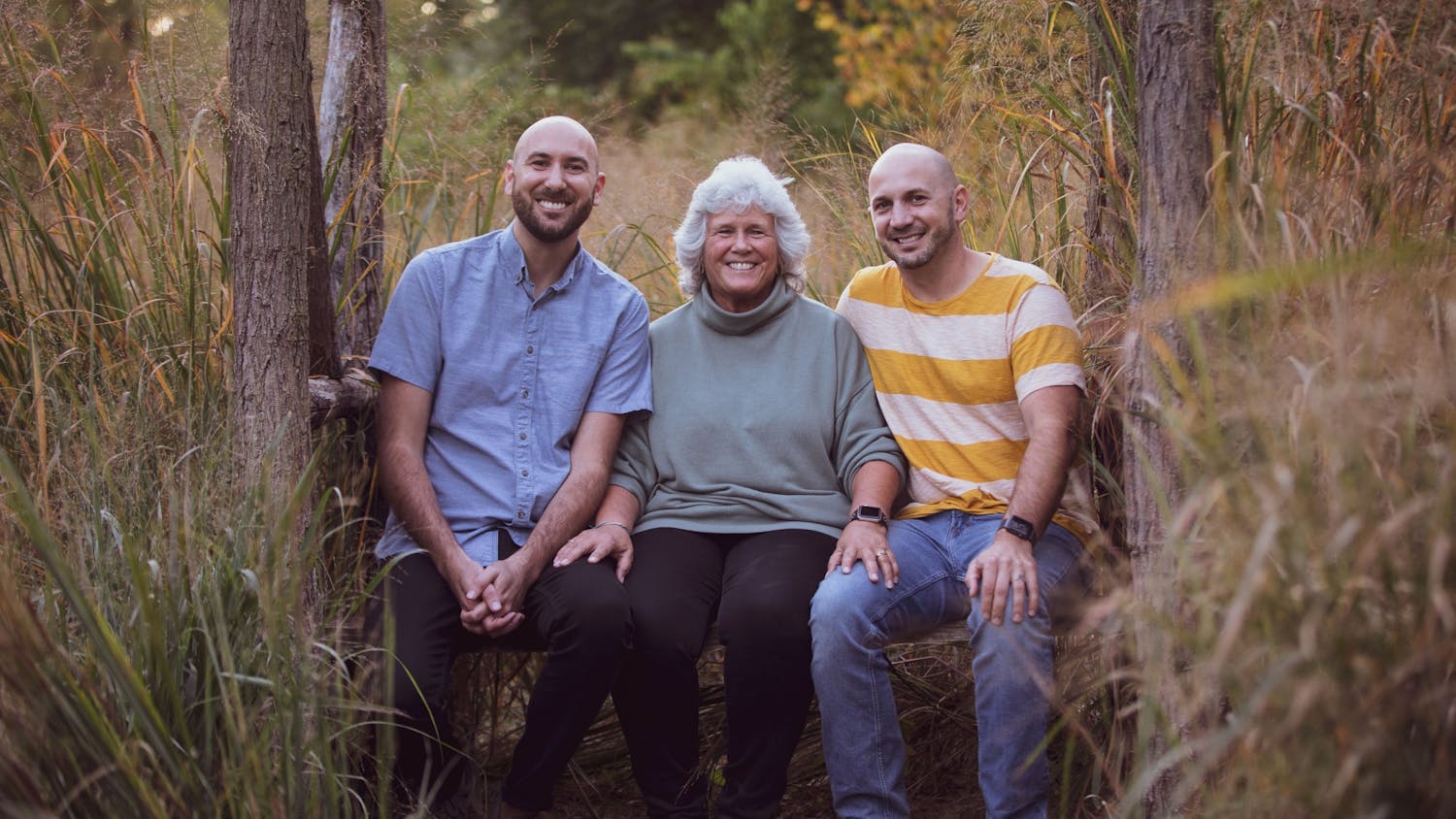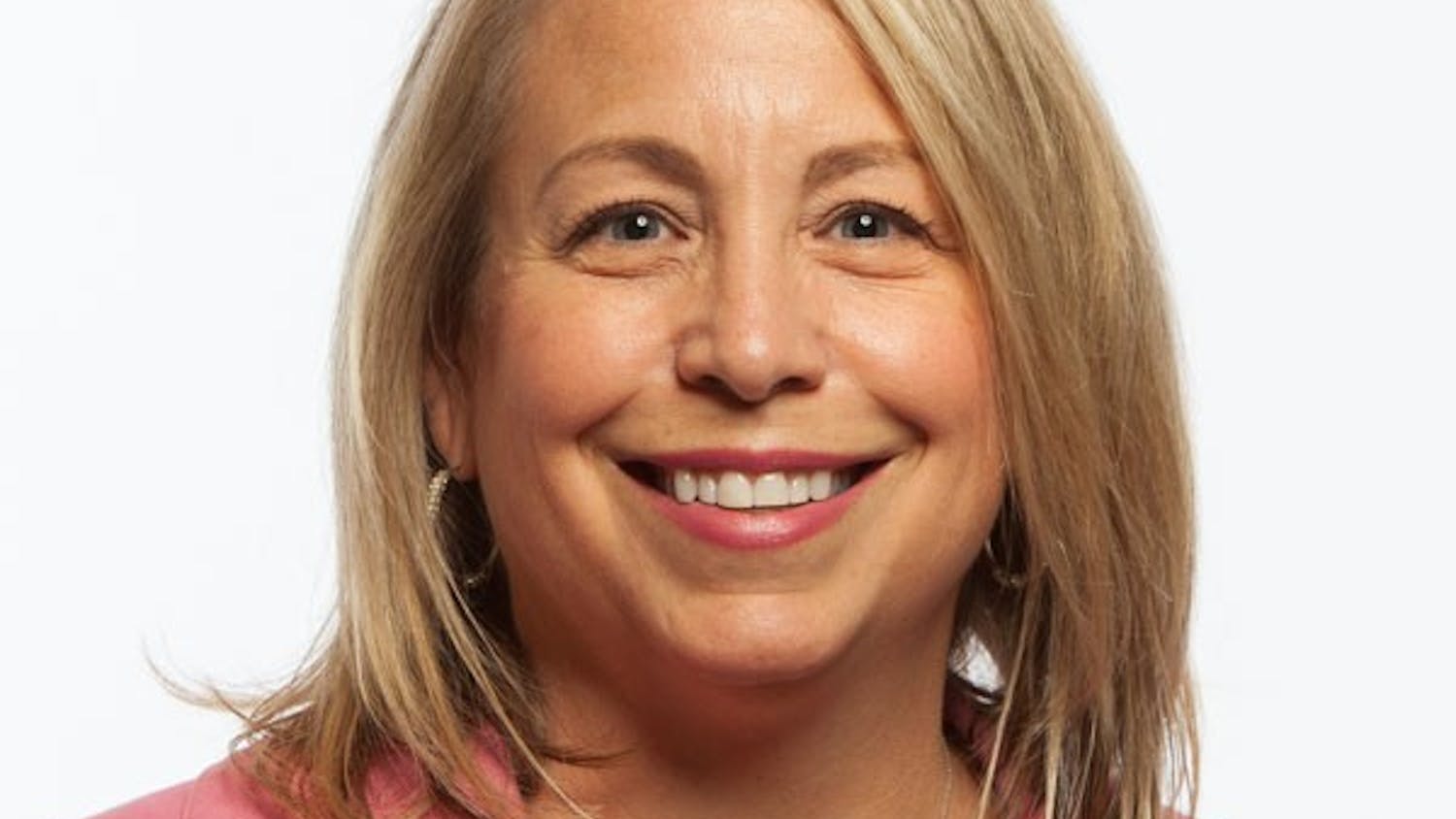Art therapy is a form of therapy that uses various forms of art and creativity to help individuals process their emotions and gain psychological insight through examining their art.
Art therapy may be used on its own, or it might also be used as a component of or complement to another mental health treatment. The forms of art used in Art therapy are usually visual arts including painting, drawing, collage and sculpture. Other creative arts, such as music and creative writing, are also used for therapeutic purposes but are usually considered to be their own unique modalities.
In addition to being used in individual therapy, Art therapy is sometimes used in therapy for couples, families and even in community-based mental health programs.
Art therapy serves as a unique tool at a unique time in history. With the world still reeling from the repercussions of the COVID-19 pandemic and linked measures, there is a need for different forms of therapy for a burgeoning population of individuals dealing with mental health issues.
According to Mental Health America, “Individuals were more likely to have eating disorder, PTSD, alcohol or substance use and postpartum depression in 2021 compared to 2020.”
Assistant Professor of Art Education & Pre-Art Therapy Hannah Richardson will be teaching “Introduction to Art Therapy” this J-term. The course is being offered for the first time in Taylor University’s history and will be a milestone in the development of the pre-art therapy major.
Richardson herself is no stranger to this unique crossover of art and psychology as she has observed how art can be therapeutic for students struggling with transitions, struggles and anxiety while teaching kindergarten through twelfth grade. Her masters research explored instructional strategies to build self-regulating skills in elementary art students to more confidently make art despite challenges.
“Art therapy is a unique way to allow people to express an inner need without using words. We've all been there, we've been hurt, we've been stressed. And we know it. But we can’t always express ourselves with words,” said Richarson. “Art allows a creative outlet to be able to express and process in a way that's different than using words. And so it allows individuals to approach trauma in a healthy way.”
Intro to Art Therapy is also a unique opportunity for freshmen who are in a period of uncertainty, and haven’t declared their majors yet. The class offers a birds eye view of the pre-art therapy major by touching on topics such as its history and crossovers between the different fields of psychology, social work and art education.
The course further looks at materials and how specific materials help individuals access different parts of their brain when they're experiencing different issues. With the class being taught in J-term, visits to art therapy studios and art therapists will be a part of the class, offering students valuable insights into the wide field of Art therapy.
“I think that it's a field that's going to increase over time too, just because there's a real desire to help people,” said Richardson. “And that's something that is a quality of our Taylor community, of seeing the least of these and being intentional to love them.”





